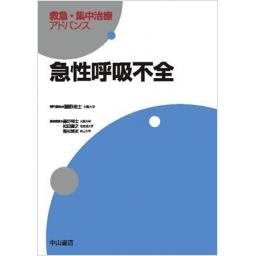2) 日本呼吸器学会ARDSガイドライン作成委員会, 編. ALI/ARDS診療のためのガイドライン. 第2版. 東京 : 学研メディカル秀潤社 ; 2010. p.22-6.
4) Burnham EL, et al. Elevated plasma and lung endothelial selectin levels in patients with acute respiratory distress syndrome and a history of chronic alcohol abuse. Crit Care Med 2004 ; 32 : 675-9.
6) Siegel MD. Acute respiratory distress syndrome : Epidemiology, pathophysiology, pathology, and etiology in adults. UpToDate. Topic 1609 versio 17. 0
16) Villar J, et al. Assessment of PaO2 / FIO2 for stratification of patients with moderate and severe acute respiratory distress syndrome. BMJ Open 2015 ; 5 : e006812.
